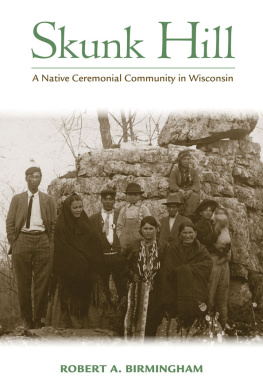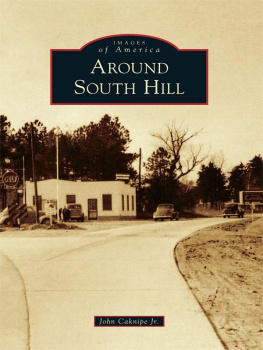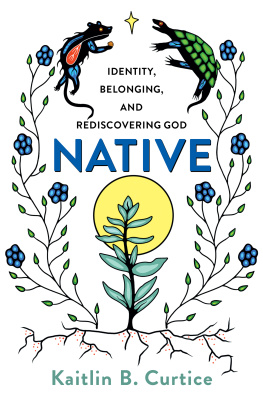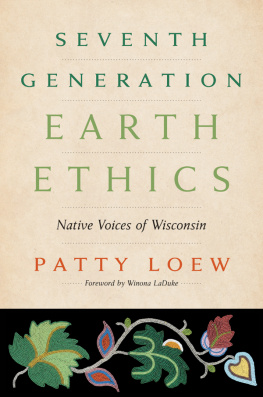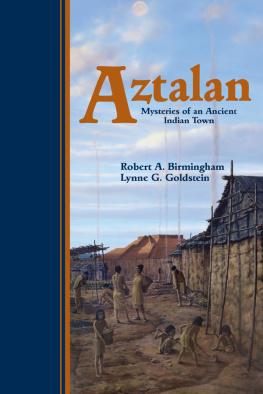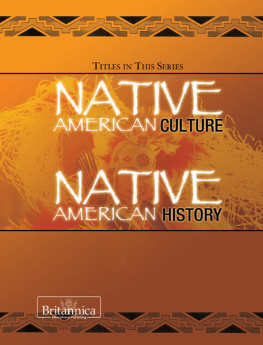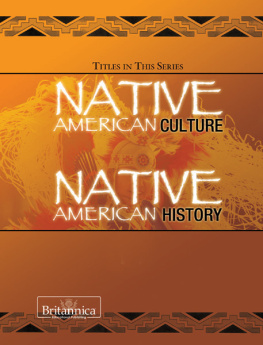
Skunk Hill
Skunk Hill
A Native Ceremonial Community in Wisconsin
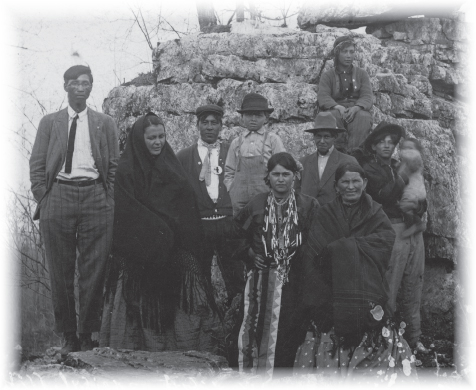
ROBERT A. BIRMINGHAM
Wisconsin Historical Society Press
Published by the Wisconsin Historical Society Press
Publishers since 1855
2015 by the State Historical Society of Wisconsin
E-book edition 2015
Publication of this book was made possible in part by a grant from the Amy Louise Hunter fellowship fund.
For permission to reuse material from Skunk Hill (ISBN 978-0-87020-705-1, e-book ISBN 978-0-87020-706-8), please access www.copyright.com or contact the Copyright Clearance Center, Inc. (CCC), 222 Rosewood Drive, Danvers, MA 01923, 978-750-8400. CCC is a not-for-profit organization that provides licenses and registration for a variety of users.
www.wisconsinhistory.org
Photographs identified with WHi or WHS are from the Societys collections; address requests to reproduce these photos to the Visual Materials Archivist at the Wisconsin Historical Society, 816 State Street, Madison, WI 53706.
Front cover: Photo by Edith Klement, Arpin, Wisconsin, courtesy of Lester Public Library of Arpin, Powers Bluff file donated by Fred and Germaine Pigeon
Designed by Shawn Biner, Biner Design
19 18 17 16 15 1 2 3 4 5
The Library of Congress has cataloged the edition as follows:
Birmingham, Robert A.
Skunk Hill : a Native ceremonial community in Wisconsin / Robert A. Birmingham.1st edition.
pages cm
Includes bibliographical references and index.
ISBN 978-0-87020-705-1 (pbk. : alk. paper)ISBN 978-0-87020-706-8 (ebook) 1. Indians of North AmericaWisconsinWood CountyHistory. 2. Indians of North AmericaWisconsinRites and ceremonies. 3. Indians of North AmericaWisconsinEthnic identity. 4. Potawatomi IndiansEthnic identity. 5. Potawatomi IndiansRites and ceremonies. 6. Potawatomi IndiansHistory. 7. Wood County (Wis.)History. 8. Wood County (Wis.)Social life and customs. I. Title.
E78.W8.B574 2015
977.500497dc23
2015003148
M ANY PEOPLE HELPED piece together the story of Skunk Hill. Of special note are Potawatomi elders with memories of Skunk Hill, including Tom Kichcumme, Lillian Kelty, Eve Hopkins, Vern Wahyeopon, Vera Denny, and Carol White Pigeon Snowball. Most of these marvelous people have since passed away, but I am fortunate to have known them and to have heard their stories. I also had a chance to work with and learn from many others, including Skunk Hill descendants Brian Snowball and attorney Joe Young of Vesper, Wisconsin, as well as Rey Kitchkumme, former councilman of the Prairie Band Potawatomi, and Nettie Kingsley, former historic preservation officer of the Ho-Chunk Nation of Wisconsin.
Many others shared their remembrances of the community, including Albert Rokus, Mr. and Mrs. Norm Severt, the Graham family of Arpin, and Lyle Hamel of West Virginia. The Grahams, who lived just north of Skunk Hill, showed me a basket given to them by a Skunk Hill woman in exchange for a chicken; Lyle shared written remembrances of Skunk Hill after his family started a farm in 1929 when the people living at Skunk Hill were their closest neighbors. Others who helped by sharing information on Skunk Hill are Tom Williams, formerly of the University of WisconsinStevens Point, Gene Byers, Thomas Becher, Catherine Woodward, the Lester Public Library of Arpin (Wisconsin), the Westboro (Wisconsin) Public Libary, Larry Nesper of the University of WisconsinMadison Department of Anthropology and the American Indian Studies Program, and state archaeologist John Broihahn of the Wisconsin Historical Society.
I would especially like to recognize the Snowball family of Wisconsin Rapids, descendants of White Pigeon (said to have been the leader of the Skunk Hill community), who not only shared much oral history and other information but also extended their friendship to me. The late Carol White Pigeon Snowball (No-pe-no-kwa) was an experton Skunk Hill and the Wisconsin Prairie Potawatomi. She collected a large number of photographs of Skunk Hill people and places, some of which appear in this book. Her son Brian Snowball (Kish-nuk-to), starting in 1999, helped lead opposition to initial plans by Wood County Parks to thin the forest and make other improvements at Powers Bluff County Park. These so-called improvements were to be made without consideration for the effect the work would have on the remnants and burial grounds of the old community and on certain plants in the park used to make traditional medicines. The ensuing public controversy led to my involvement as Wisconsin state archaeologist to use oral history, historical research, and archaeological techniques to locate parts of the park that needed protection. The resulting study laid the basis for the subsequent listing of Skunk Hill on the National Register of Historic Places and for this book.
Brian Snowball has since become a close friend and provided me much biographical information about Skunk Hill and its people. His late son, Bobby Snowball (Ga-mas), assisted professionals using sophisticated remote-sensing technology called electrical resistivity to map belowground remnants of the site without physical disturbance.
I would like to acknowledge the assistance of the Wood County Park and Forestry Department, and especially former director Ron Arendt, who provided material assistance and much cooperation during the archaeological investigations at Skunk Hill and for their sincere efforts to resolve conflicts regarding public land use at Powers Bluff County Park.
I also want to acknowledge the assistance of professional archaeologists and other specialists who conducted fieldwork during 2000 and 2001 to confirm the extent of the old community and identify featuresincluding possible burial locations outside of two marked cemeteriesassociated with its use and occupation. The fieldwork was coordinated by my office at the time and was funded in part by a $15,000 appropriation to the Wisconsin Historical Society by the Wisconsin state legislature to provide objective information in light of public disputes about the extent and nature of the community.
The Wisconsin Historical Museum archaeology program and the Mississippi Valley Archaeology Center at UWLa Crosse conducted an intensive and rather arduous subsurface investigation (deep shovel tests at close intervals) of the north slope of Powers Bluff around the modern winter recreational area opposite the documented Skunk Hill village. The study found no evidence of previous Native use. Hemisphere Field Services of Minneapolis used remote sensing to examine portions of the main Skunk Hill community that had been covered by asphalt or where surface evidence had otherwise been obliterated. Soil specialist and geomorphologist Michael Kolb sampled many of the suspected disturbances or anomalies identified by remote sensing and other potential features using a small-diameter soil corer; he concluded that many were natural. Matthew Thomas and personnel from Archaeological Research, Inc. investigated and mapped a sugar maple sap extraction and boiling site, or sugar bush, that was a part of the Skunk Hill community. The various reports stemming from the archaeological work reports are on file at the Office of the State Archaeologist. In addition, the Wisconsin Historical Society retained Lampert-Lee & Associates, Wisconsin Rapids, to provide legal descriptions and maps of the two Skunk Hill cemeteries so they could be formally cataloged as burial places and therefore receive protections under the Wisconsin Burial Site Preservation Program.
Next page
